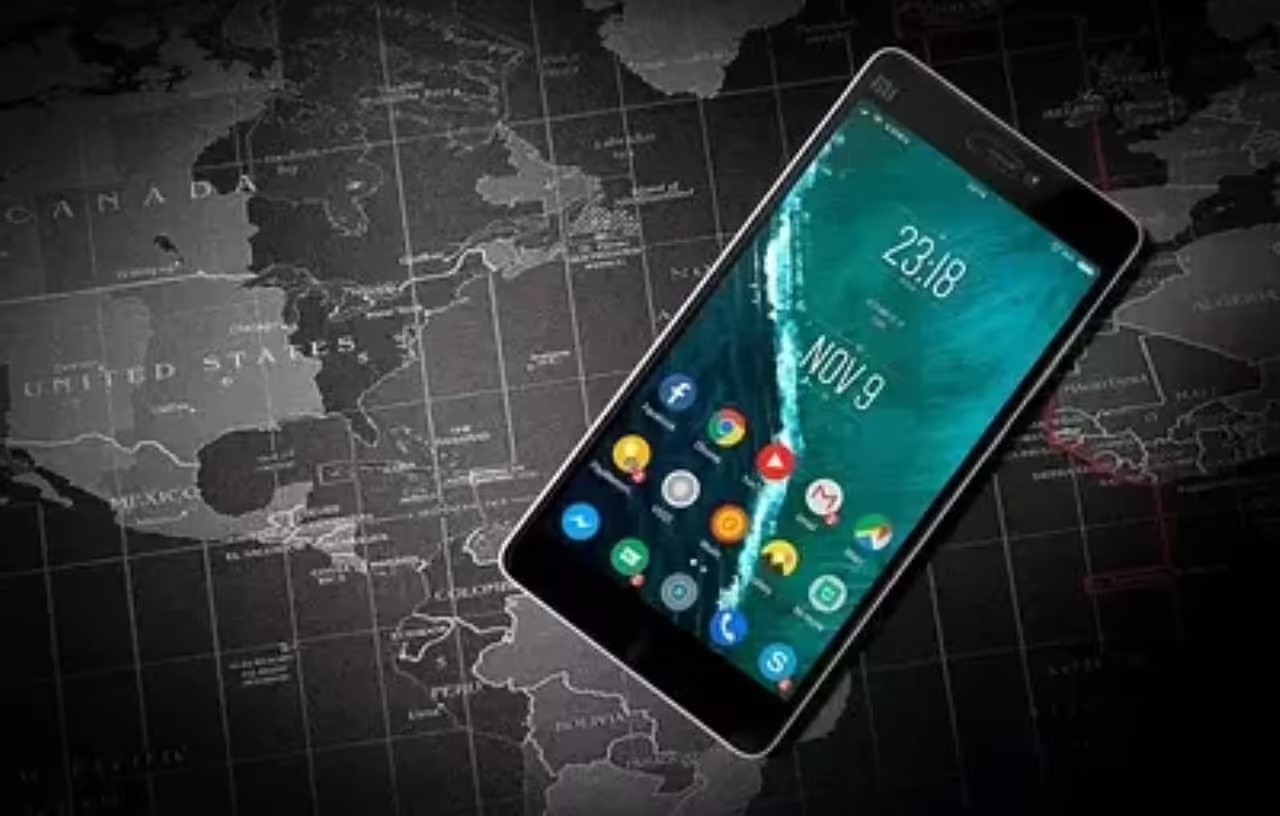
The world of video games has seen the rise and fall of countless characters and franchises, but few have left as indelible a mark as the Mario Bros. saga. Created by the visionary minds at Nintendo, this franchise has transcended the boundaries of gaming to become a cultural phenomenon with a lasting impact.
A Brief History and Context of the Mario Bros. Franchise
The Mario Bros. franchise made its debut in 1985 with the release of “Super Mario Bros.” for the Nintendo Entertainment System (NES). The game followed the adventures of Mario and Luigi, two Italian-American plumbers, as they embarked on a quest to rescue Princess Peach from the clutches of the villainous Bowser. The game’s side-scrolling platform gameplay, innovative power-ups, and charming aesthetic set a new standard for the industry and laid the foundation for what would become a sprawling franchise.
Mario, initially named Jumpman, first appeared in the arcade game “Donkey Kong” in 1981. His popularity grew rapidly, leading to his own game and an entire universe of characters and settings. The franchise’s growth was further accelerated with titles like “Super Mario Bros. 2,” “Super Mario Bros. 3,” and the introduction of innovative gameplay mechanics, such as the raccoon tail power-up and the ability to enter pipes to access hidden areas.
Importance and Popularity in Pop Culture
The Mario Bros. franchise is not merely a collection of video games; it’s a cultural phenomenon that has woven itself into the fabric of modern society. The franchise’s characters, music, and imagery are instantly recognizable to people of all ages, whether they’re avid gamers or not. Mario, with his trademark red cap and blue overalls, has become a symbol of video gaming itself.
The significance of the franchise extends beyond its influence on gaming. Mario’s popularity has led to adaptations in various forms of media, including animated TV shows, movies, comics, and merchandise. The franchise’s iconic theme music, composed by Koji Kondo, is known around the world and has become synonymous with adventure and nostalgia.
One of the reasons for Mario’s enduring popularity is Nintendo’s commitment to quality and innovation. With each new installment, the franchise introduces fresh gameplay mechanics, unique worlds, and imaginative enemies. Games like “Super Mario 64” revolutionized 3D platforming, while titles like “Super Mario Galaxy” added gravity-defying mechanics that pushed the boundaries of what was thought possible in gaming.
The franchise’s accessibility has also played a key role in its widespread appeal. While some games offer challenging experiences for veteran gamers, others cater to casual players and younger audiences. This inclusivity has helped Mario maintain its status as a household name for decades.
Evolution of Mario Bros. Video Games: From Pixels to Innovation
The evolution of the Mario Bros. video game series is not just a story of one character’s journey, but also a narrative of the technological advancements and creative ingenuity that have shaped the gaming industry over the years. From the simple pixels of the early days to the immersive experiences of today, the franchise’s evolution mirrors the progress of gaming itself.
Exploring the Early Titles and Their Impact on the Industry
The initial Mario Bros. titles, starting with the groundbreaking “Super Mario Bros.” in 1985, introduced players to a new world of interactive entertainment. The game’s side-scrolling platform mechanics, along with the charming characters and imaginative level design, set a standard that countless games would strive to match. The notion of navigating Mario through a vibrant, scrolling landscape was a revolutionary concept that captivated players and established a template for many future platformers.
The sequel, “Super Mario Bros. 2,” showcased Nintendo’s willingness to experiment. Originally a different game titled “Doki Doki Panic” in Japan, it was rebranded with Mario characters for the international release. This demonstrated the franchise’s flexibility in adapting to different gameplay styles and creative ideas.
“Super Mario Bros. 3” raised the bar even higher with its diverse power-ups, varied environments, and innovative level design. The game’s use of a world map to navigate between levels was a precursor to the open-world exploration that would become a hallmark of later Mario titles.
Technological Advancements and Their Influence on Mario Games
As technology advanced, so did the capabilities of the Mario games. The transition to 3D gaming with “Super Mario 64” for the Nintendo 64 was a watershed moment. The game’s open-world structure, dynamic camera angles, and freedom of movement redefined platforming games. The shift to three dimensions not only provided a new perspective but also expanded the possibilities for creative level design and puzzle-solving.
The GameCube era saw titles like “Super Mario Sunshine,” introducing new gameplay mechanics like the F.L.U.D.D. water-spraying device, which added a layer of strategy to the platforming action.
With the Nintendo Wii came “Super Mario Galaxy,” a game that took Mario’s adventures to celestial heights. Gravity-defying gameplay, spherical worlds, and inventive level design showcased the potential of motion controls in gaming. The sequel, “Super Mario Galaxy 2,” continued to push boundaries by building on the foundation of the first game.
In recent years, the Nintendo Switch has further evolved the Mario formula. “Super Mario Odyssey” reimagined the franchise’s sandbox-style gameplay, giving players the freedom to explore a wide range of imaginative kingdoms with Mario’s sentient hat, Cappy, adding new abilities.
Innovation and Continuity
Throughout its evolution, the Mario Bros. franchise has maintained a remarkable balance between innovation and continuity. While embracing new technologies and gameplay mechanics, each title retains the core elements that make Mario games unmistakably Mario. The iconic power-ups, catchy music, and timeless characters remain familiar touchstones even as the games continue to introduce fresh concepts.
Super Mario Bros: The Pioneer
In the realm of video games, there are titles that stand as monumental milestones, and “Super Mario Bros.” is undoubtedly one of them. Released in 1985 by Nintendo, this iconic game not only kickstarted the Mario Bros. franchise but also revolutionized the gaming landscape, introducing a new level of gameplay, design, and mechanics that laid the foundation for decades of innovation.
Detailed Analysis of the Game that Initiated the Saga
Gameplay Excellence: “Super Mario Bros.” breathed life into side-scrolling platformers, propelling them to the forefront of gaming. The game’s gameplay was a breath of fresh air – players controlled Mario, a plucky plumber, as he navigated a diverse world filled with obstacles, enemies, and secrets. The controls were precise and responsive, enabling players to execute precise jumps and maneuvers. The concept of stomping on enemies to defeat them and breaking blocks for rewards became the bedrock of platforming games.
Innovative Level Design: What truly set “Super Mario Bros.” apart was its meticulously crafted levels. Each stage was a masterclass in design, offering a gradual learning curve that taught players new mechanics while challenging their skills. From the iconic first level that taught players to jump and run to the underwater levels with unique physics, every stage introduced something novel. The secret warp zones hidden in select levels added an exploratory element, encouraging players to experiment and discover shortcuts.
Power-Up Dynamics: The introduction of power-ups was a game-changer. The Super Mushroom transformed Mario from a small plumber into a larger, more resilient figure, and the Fire Flower granted him the ability to hurl fireballs at enemies. These power-ups not only provided strategic advantages but also amplified the sense of progression and accomplishment.
Innovations Introduced by “Super Mario Bros”
Scrolling Gameplay: The dynamic side-scrolling gameplay was revolutionary at the time. Instead of static screens, players were treated to a seamless world that scrolled as they moved, creating a sense of continuity and immersion.
Non-Linear Level Design: While earlier games often followed a linear progression, “Super Mario Bros.” introduced branching paths and secret areas, allowing players to choose their routes and rewarding exploration.
Dynamic Enemies and AI: The enemies in “Super Mario Bros.” displayed behaviors that responded to player actions, creating a dynamic and engaging experience. This brought a new layer of strategy to encounters.
Time Limit: The introduction of a time limit added urgency to the gameplay. Players were encouraged to balance speed with thorough exploration, enhancing the sense of challenge.
Hidden Secrets: The game’s levels were rife with hidden blocks, warp zones, and shortcuts. This encouraged players to experiment, creating a sense of discovery and replayability.
Super Mario 64: The Transition to 3D
When “Super Mario 64” emerged in 1996, it heralded a new era in video game design and marked an astonishing leap forward for the Super Mario franchise. The game’s transition from 2D to 3D not only reshaped the platforming genre but also redefined the very concept of interactive worlds and player experiences.
Revolutionizing the 3D Platformer Genre
Precise Controls in 3D Space: One of the most remarkable aspects of “Super Mario 64” was its groundbreaking control system. Nintendo’s mastery in translating Mario’s abilities from the 2D realm to 3D created an unparalleled sense of freedom and precision. Players could run, jump, and explore in all directions, and the analog stick allowed for nuanced movements.
Immersive 3D Environments: The game introduced players to Princess Peach’s castle, a three-dimensional hub world that connected various themed levels. This innovation replaced linear level selection with a more organic approach, encouraging players to explore and discover new challenges. The seamless transitions between levels within the castle blurred the lines between traditional levels and hub worlds.
Exploring Open Worlds and Their Impact on Future Games
Open-Ended Exploration: “Super Mario 64” not only provided visually stunning 3D worlds but also gave players the freedom to explore them in non-linear ways. Each painting in Peach’s castle acted as a portal to a unique level, and players could choose the order in which they tackled challenges. This open-ended design offered an unprecedented level of agency, encouraging players to approach the game at their own pace.
Innovative Level Design: Each of the game’s levels was a self-contained playground filled with secrets, puzzles, and challenges. The game’s designers leveraged the 3D space to create environments that felt alive and dynamic. The shifting landscapes of Cool, Cool Mountain and the underwater mysteries of Dire, Dire Docks showcased the game’s ability to evoke diverse emotions through level design.
Impact on Future Games: The influence of “Super Mario 64” reverberated throughout the gaming industry. It demonstrated that 3D environments weren’t just a novelty but a canvas for interactive storytelling. The game inspired a generation of developers to experiment with non-linear design, open worlds, and dynamic exploration.
Camera Innovation: The camera system in “Super Mario 64” was both a marvel and a challenge. While at times it could be finicky, it marked one of the first attempts to address the complexities of navigating a 3D space. This innovation laid the groundwork for future improvements in camera controls in 3D games.
A Paradigm Shift in Game Design
“Super Mario 64” did more than translate a beloved character into a new dimension – it redefined the expectations players had for video games. It showcased the potential of 3D worlds, demonstrating that imaginative design and precise controls could coexist in a three-dimensional space. The game’s innovative approach to exploration, level design, and player agency transformed it into a timeless masterpiece that still captivates players and designers alike.
In hindsight, “Super Mario 64” stands as a momentous chapter in the Super Mario saga and the history of video games as a whole. Its influence is evident in the countless 3D platformers that followed, and its legacy continues to inspire developers to push the boundaries of creativity and design in the ever-evolving landscape of interactive entertainment.







